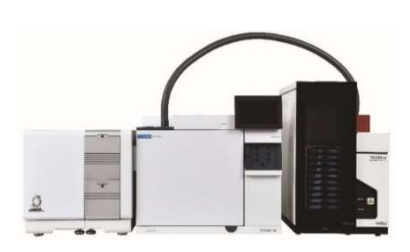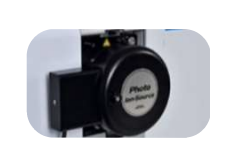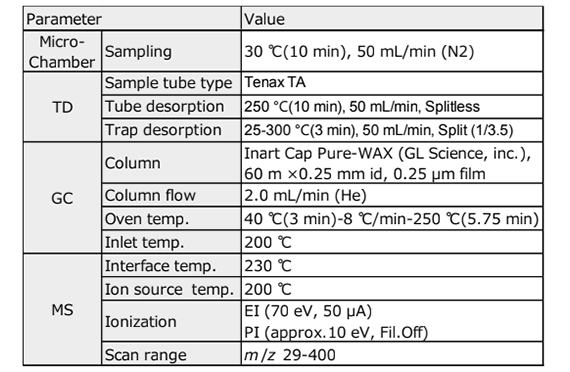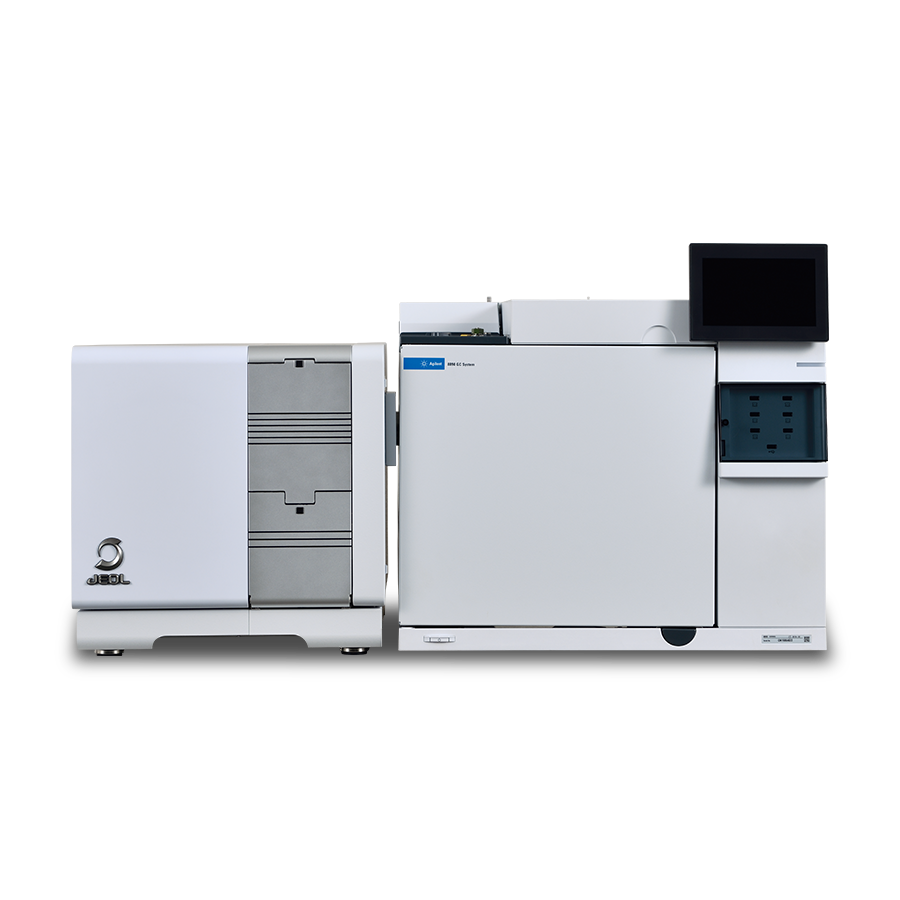msFineAnalysis iQ Ver.2 Target Analysis Example I
Rapid Analysis of Food Aroma Components
MSTips No. 486
1. Introduction
Target Analysis is a method for fast and accurate search and evaluation of only the target compounds based on integrated qualitative analysis1) with EI and Soft Ionization (SI) data. In this method, it is necessary to register the CAS RN®, molecular formula (or molecular weight), fragment composition formula of target compounds in the "Target List" in advance. Based on the registered information, each extracted ion chromatogram (EIC) is plotted for EI and SI measurement data and peaks are detected. The molecular ion peak in the mass spectrum, its isotopic pattern, similarity and retention index with the NIST database are confirmed on the detected peak. These results are used to determine whether or not it is the target compound. This time we report the results of the analysis of optional aromatic components from the volatile organic compounds of hamburger using this method.
2. Experiment
A commercial hamburger weighing 7.5 g was used as a sample. Volatile compounds were extracted using a microchamber (µ-CTE250, MARKES International Ltd.) and measured using a GC-MS (JMS-Q1600GC, JEOL Ltd.) equipped with a TD pre-treatment device (TD-Xr100, MARKES International Ltd.). The ionization methods used were EI and PI as SI. The data obtained were analyzed using the "Target Analysis" function in the integrated qualitative analysis software called msFineAnalysis iQ. The measurement conditions are shown in Table 1. (MSTips No.485)

TD-Xr100-JMS-Q1600GC UltraQuadTM SQ-Zeta

Ion source
(Share use of EI/PI)
Table 1 Measurement Condition

3. Results
3.1 TICC
The GC/EI TICC of thermal desorption is shown in Fig.1. Mainly, aroma components presumed to originate from hamburger such as acetic acid, Acetoin and 1-Butanol-3-methyl, etc. were confirmed. From the “Target Analysis", seven types of components originating from herbs and spices were estimated.

Fig.1 GC/EI TIC chromatogram
Table 2 Target list

3.2 Result of target analysis
The result of the target analysis is shown in Fig.2. The aroma components of the hamburger were estimated as caraway, basil, parsley and pepper in the target list. See the blue background color.

Fig.2 Target information
3.3 Details of target analysis results for [ID:T003]
As an example, details of the target analysis results for compound ID:T003 are described. The EIC (m/z 136) specified in T003 is plotted from the EI and PI measurement data. The peaks in the PI data plotted by EIC(m/z 136) are shown in Fig.3. Figure 4 shows the target judgment result for the RT10.04 minute peak in Figure 3. The result shows that the spectral similarity is 757 (Max:999), the measurement error of RI (ΔRI) is -13 [iu]. In addition, the molecular ion peak is confirmed on the PI mass spectrum, the isotope ratio match score is 0.94 (Max:1.00). Thus, each evaluation point showed good results, so the peak at RT 10.04min was judged to be α-Phellandrene.

Fig.3 GC/PI Chromatograms [Upper: TICC, Lower: EIC(m/z 136)]

Fig.4 Result window of Target Analysis
Conclusion
We analyzed the optional aromatic components of herbs and spices from the measurement data of volatile organic compounds of hamburger using target analysis. As a result, the presence of the target components can be confirmed, and it was shown that the target compounds can be analyzed quickly and accurately by “Target Analysis".
References
1) M. Ubukata et al, Rapid Commun Mass Spectrum., 34 (2020). DOI: 10.1002/rcm.8820
Solutions by field
Related products
Are you a medical professional or personnel engaged in medical care?
No
Please be reminded that these pages are not intended to provide the general public with information about the products.

